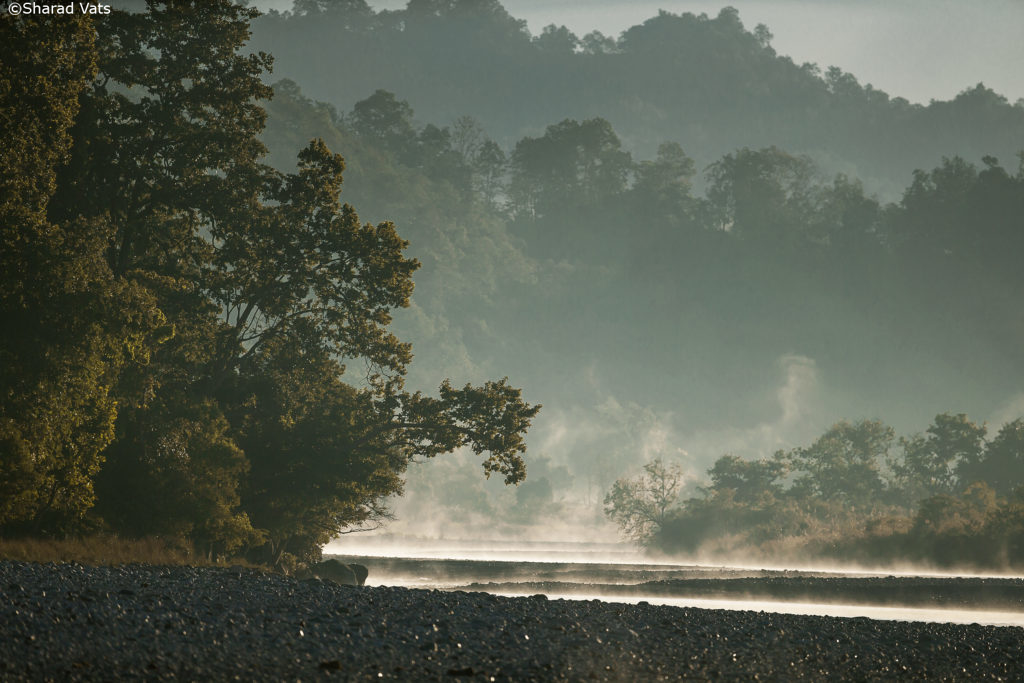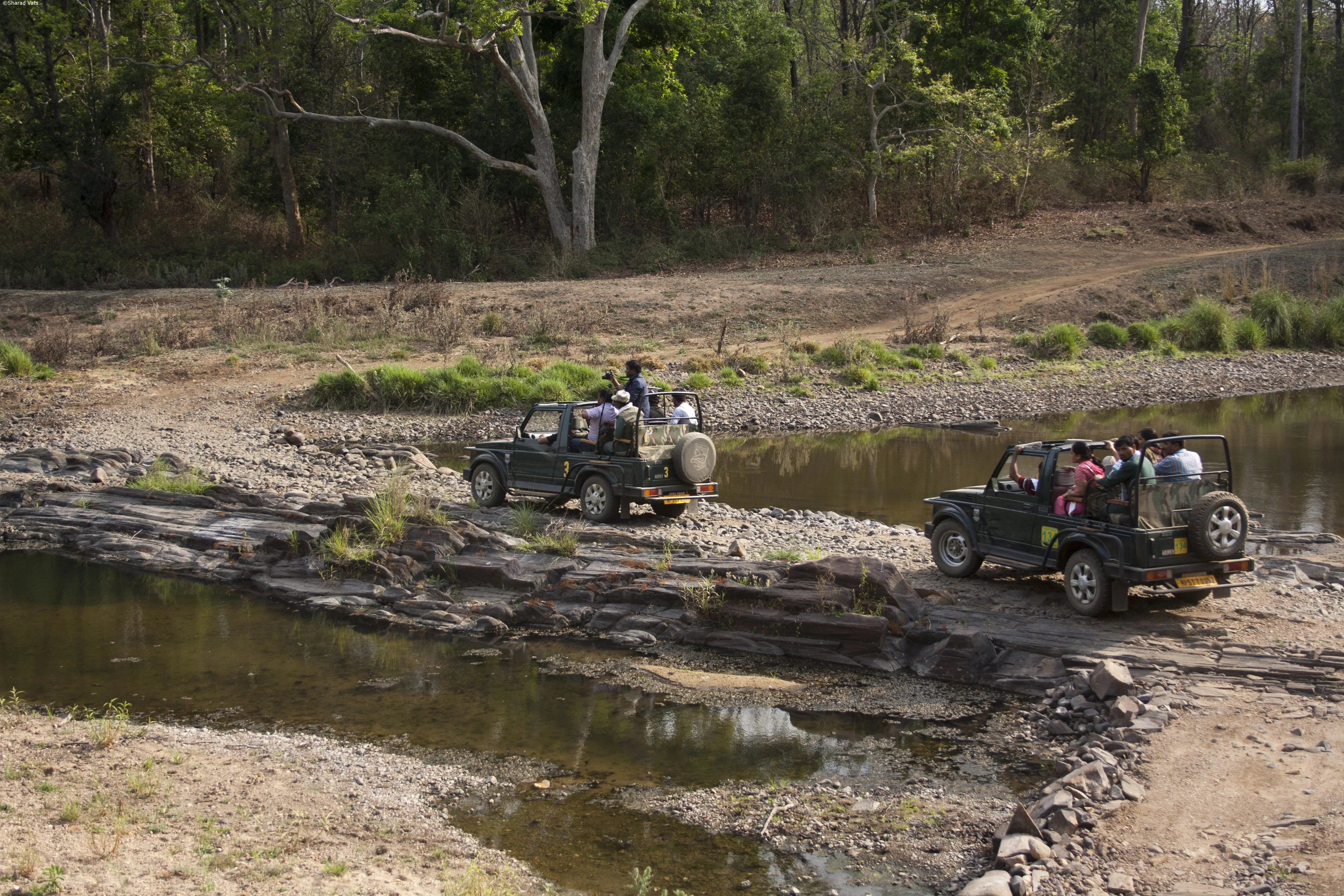The national parks in India are not located close to any city. On the contrary, they are in remote corners and wilderness of India. Therefore, it is important to keep in mind the Top 5 things to remember while staying in a Jungle Lodge in India. After all, it takes a lot of planning and resources when going for a safari. So one must make the most of it, and not get into a situation where you miss something important.

The Top 5 things to remember while staying in a Jungle Lodge in India are:
1. Is Laundry service available in the Jungle Lodges in India?
Mostly yes. There are some lodges that provide the service the same day, i.e. if you leave your clothes to be laundered with House Keeping before you head out for the morning safari, you will get them back the same evening. So you may pack accordingly. At most of the places, the cost of laundry is also reasonable.

It is important to pack right and travel lite. It is also important to ask for the weather in the respective parks. The however cold country you might be coming from the winters in some national parks of India are extremely cold. The likes of Kanha and Corbett national park in the months of January are very cold, more so during the morning safaris.
2. What kind of food is available at the Jungle Lodges in India?
The Jungle Lodges do not have access to a variety of vegetables and meat as in the cities due to the remote locations. Hence a lot of the lodge prepares Indian meals mostly. Few are equipped to provide International cuisine as well.

All good lodges will ask you for your spice requirement and cater to you accordingly. If you have any preferences or allergies you must specify in advance to your tour operator, and also to all the hotels on arrival.
3. Is ATM’s available close to the national parks?
As mentioned above the national parks are fairly remote, and away from the towns and cities. Hence, if you run short of local currency and wish to withdraw from a local ATM, it is best advised to check with the lodge where you are staying in. Normally you will have an ATM in less than 20 km range from the hotel where you are staying. But if you happen to be inside some Forest Rest House, then you will not be able to come out of the national park to use an ATM. In such a case it is best advised to calculate the money in hand and plan accordingly.

4. Can one tip in foreign currency while on a safari?
The guides and the drivers will not say no to tips in USD/Euro/GBP. But it is best advised to tip in local currency as it avoids any hassles to the locals in getting the foreign currency exchanged. It is very important to know how much to tip to whom. The normal drivers who drive you from one destination to another, the naturalists, the safari drivers, hotel staff, etc. Ask for a list from your Tour Operator for the same.
5. Are mobile phones allowed in the parks?
In some national parks, the mobiles are completely banned. In some you are allowed to take them along. Even if you are allowed, you must carry it either in Airplane mode, or silent mode. Mobiles have become a necessity these days, hence people like to carry them along, it also helps the people to take images. But it is important to be sensitive that the sudden mobile ring/caller tunes can disturb the wildlife which you have come to see.
If you have any further questions on Do's and Don’ts during safaris in India, then please read my blog here.
Sharad Kumar Vats








































